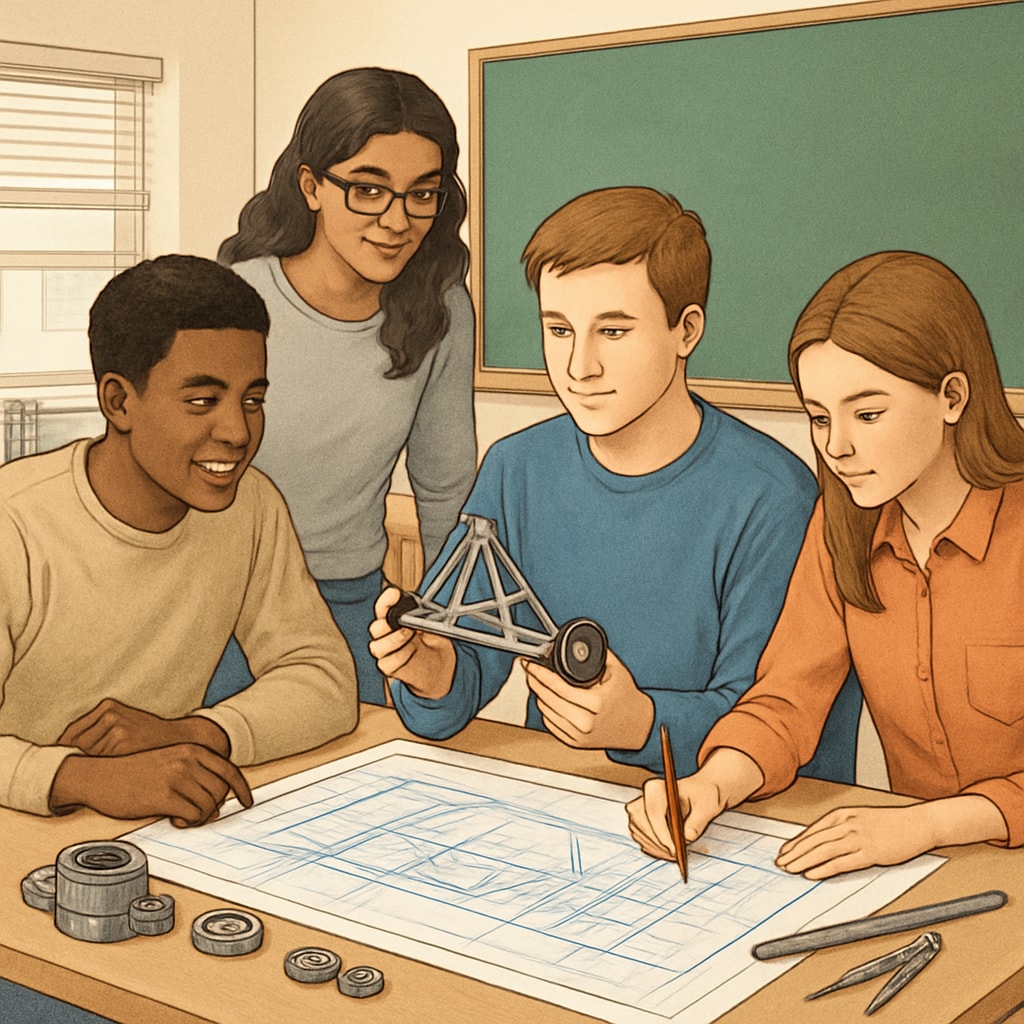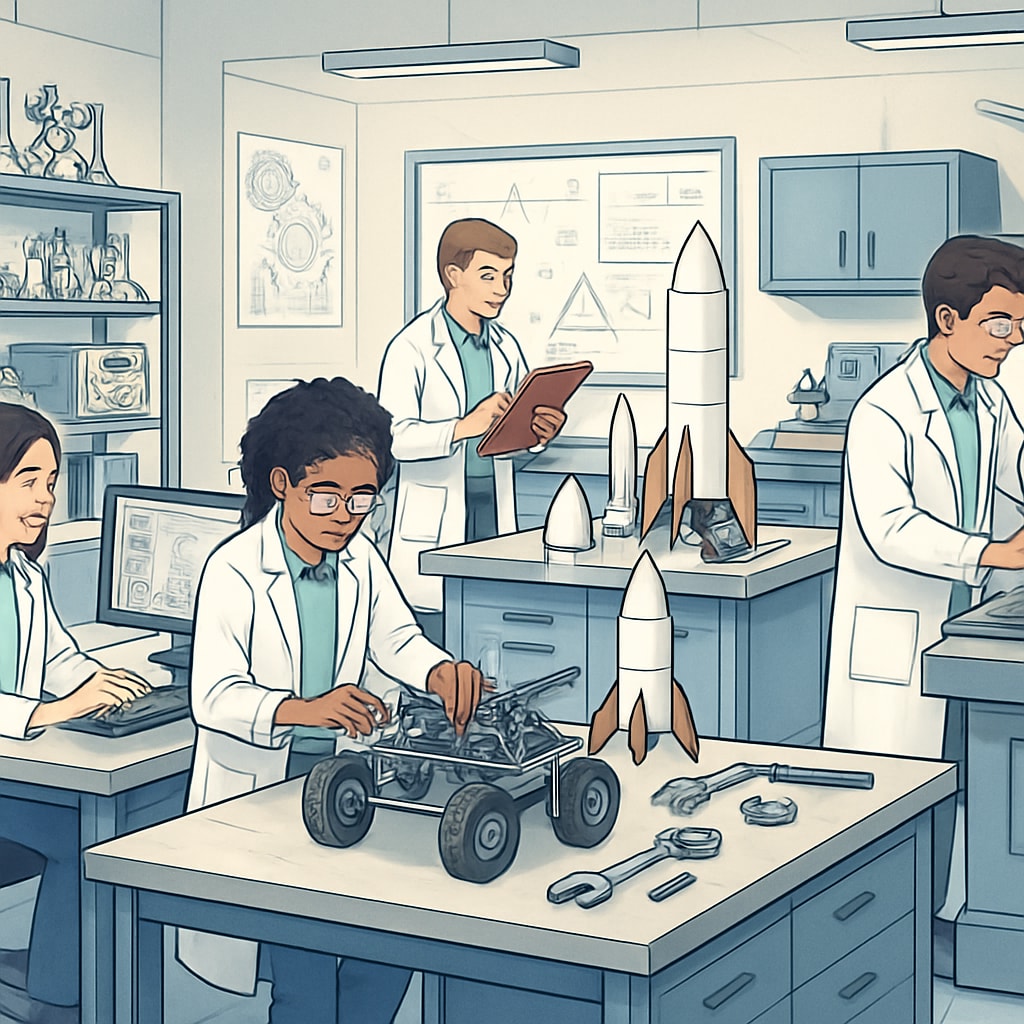For K-12 students aspiring to enter the field of design engineering, understanding the importance of academic decisions, such as pursuing a master’s degree, and developing foundational skills early on can significantly impact their future career development. This article explores how educators and parents can help students navigate these choices and prepare for a rewarding journey in design engineering.
Why Design Engineering Matters for Career Growth
Design engineering combines creativity, technical expertise, and problem-solving to create innovative solutions across industries. Careers in this field often require advanced knowledge and specialized skills, making higher education, including a master’s degree, a critical step for long-term success. According to Wikipedia’s overview of engineering, professionals in this domain play a pivotal role in shaping technology, infrastructure, and systems that impact everyday life.

Preparing K-12 Students for Academic and Career Success
To set K-12 students on the right path, it is essential to foster core competencies such as critical thinking, creativity, and collaboration. These skills not only prepare students for rigorous academic programs but also align with the demands of a design engineer’s career. For example, integrating STEM (Science, Technology, Engineering, Mathematics) activities into school curriculums can cultivate technical knowledge and problem-solving abilities.
Here are some practical strategies for educators and parents:
- Encourage participation in STEM competitions and projects to build hands-on experience.
- Provide exposure to engineering software tools like CAD (Computer-Aided Design) in advanced classes.
- Promote teamwork through group assignments and extracurricular activities.
Understanding the Value of a Master’s Degree
While a bachelor’s degree in engineering is often sufficient for entry-level positions, pursuing a master’s degree can unlock specialized roles, higher salaries, and leadership opportunities. For example, fields like product design, aerospace engineering, or biomedical engineering often require advanced qualifications. According to Britannica’s article on engineering, higher education enhances technical expertise and opens doors to cutting-edge research and innovation.

Balancing Academic Choices and Career Goals
When guiding K-12 students toward design engineering careers, it is crucial to emphasize the importance of aligning academic choices with career aspirations. Here are some key considerations:
- Research potential career paths and industries where design engineers thrive.
- Explore universities offering strong engineering programs with a focus on design and innovation.
- Discuss the financial and time commitments associated with pursuing advanced degrees.
By encouraging students to think strategically about their education, they can make informed decisions that align with their interests and future goals.
Conclusion: Building a Foundation for Success
Design engineering offers exciting career opportunities for students who are both creative and technically inclined. By fostering essential skills during K-12 education and guiding them through academic choices, educators and parents can help students embark on a successful journey toward becoming design engineers. Whether it involves pursuing a master’s degree or gaining hands-on experience through STEM activities, the key is to prepare students for the challenges and opportunities that lie ahead.
Readability guidance: Use concise paragraphs and bullet points to summarize key ideas. Ensure smooth transitions between sections and maintain an engaging tone. Incorporate external links for credibility and distribute keywords evenly throughout the article.


